- Joined
- Aug 4, 2008
- Messages
- 15,872
That is true the perfectly cut diamond has never been cut, some are just closer than others.MelisendeDiamonds|1425196824|3840044 said:Spot on 3d optical symmetry in a real cut diamond to a model in DC is impossible there will always be deviations in precision in an actual polished stone not found in the model.
Which is why I said similar and not exactly.....

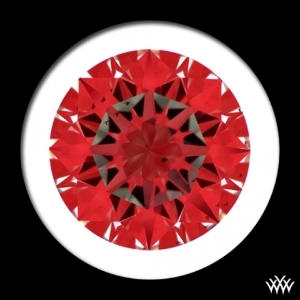
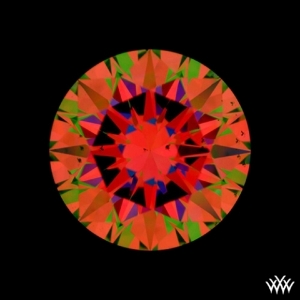
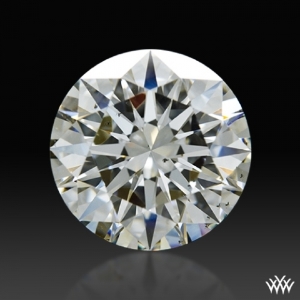


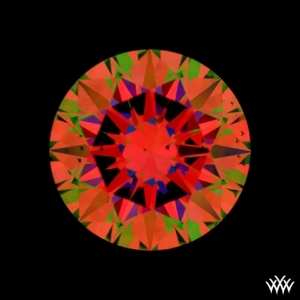
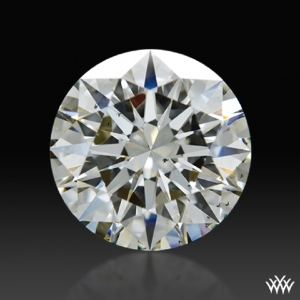


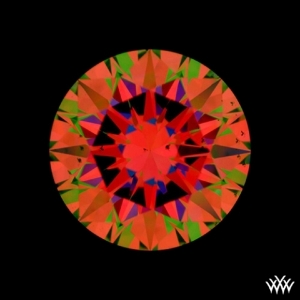
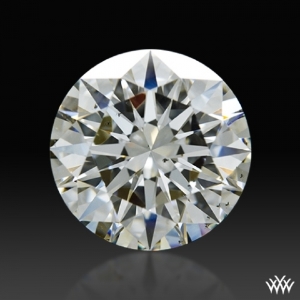
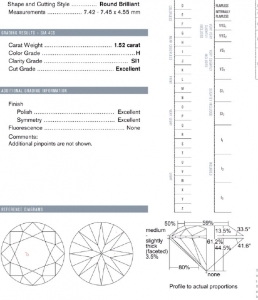
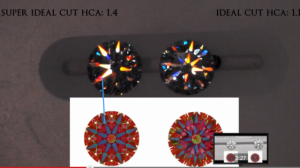
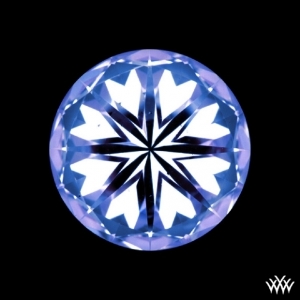
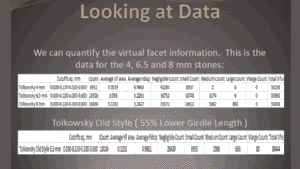
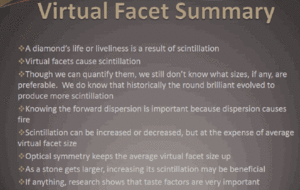


300x240.png)